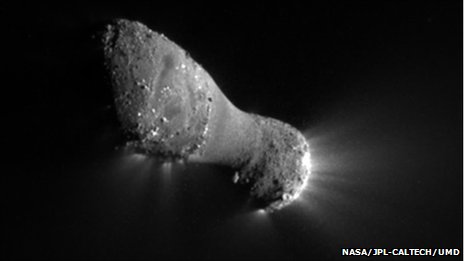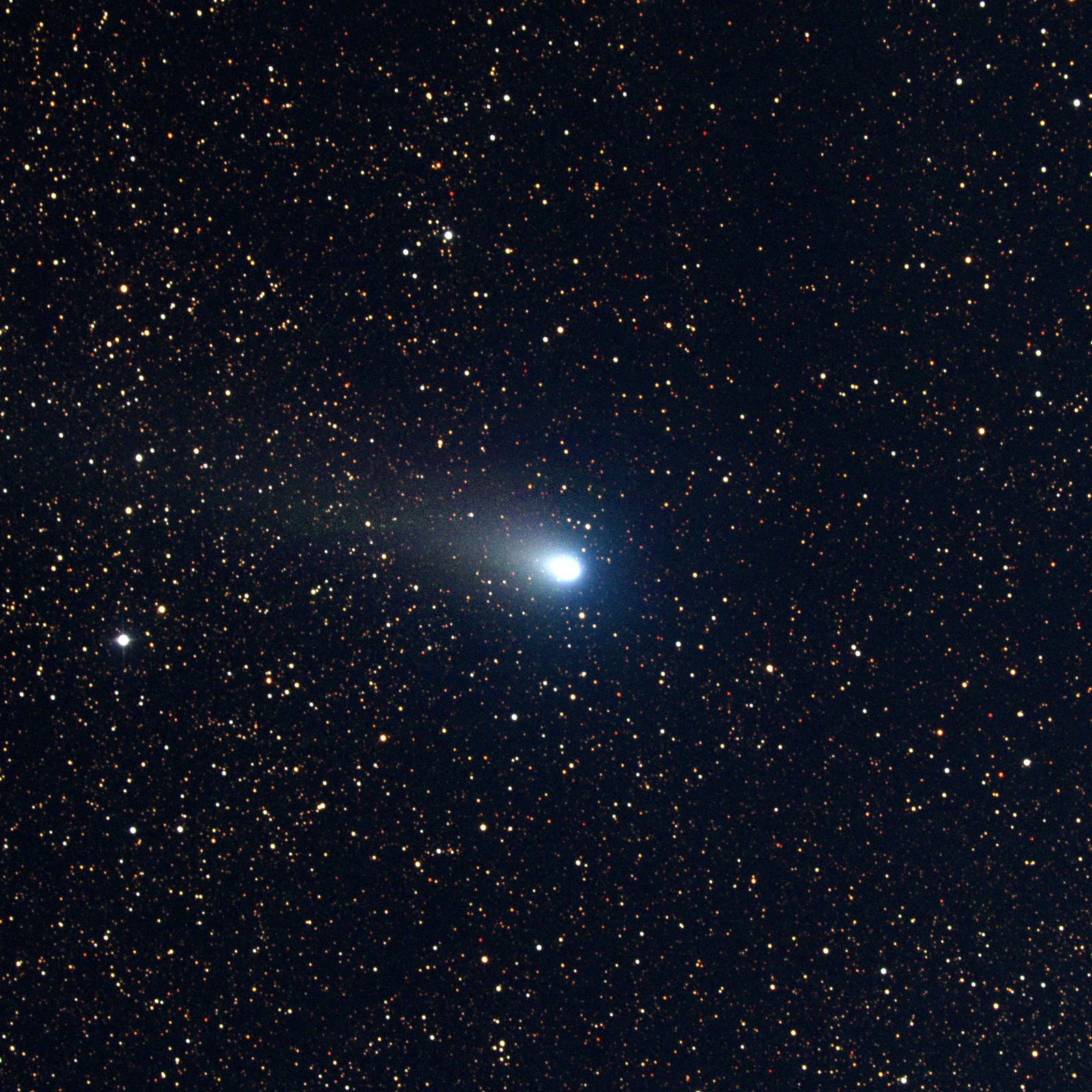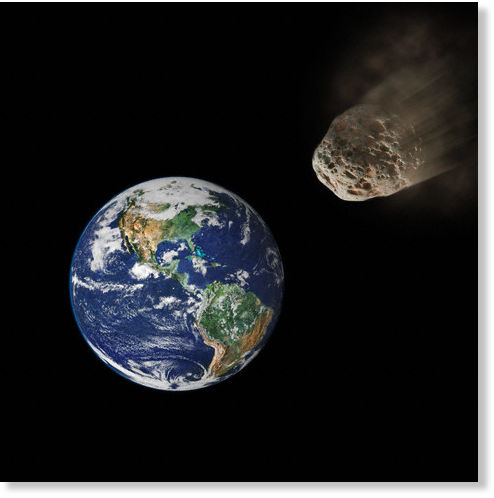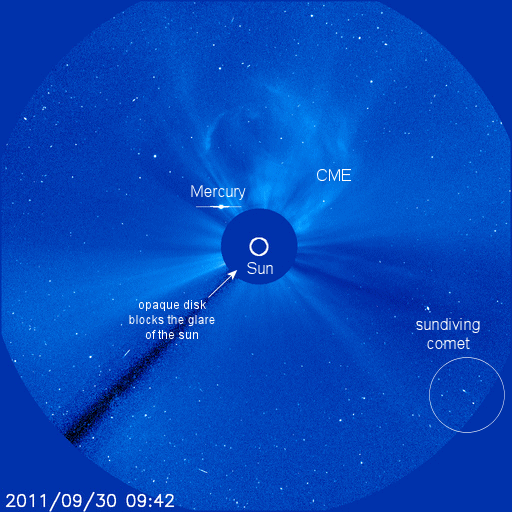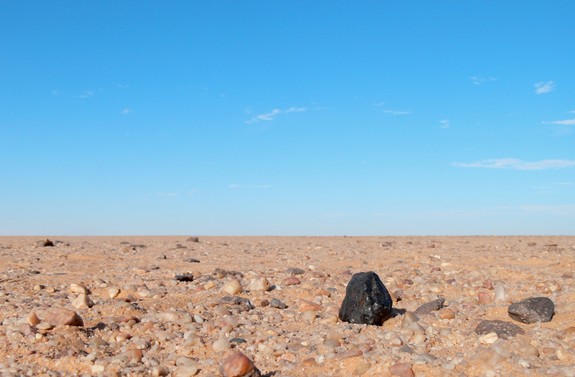
Meteorites that fell over Sudan in 2008 could have come from a space rock that was formed by a triple-asteroid pileup - a collision between three different types of space rocks, a new study finds.
Scientists analyzed meteorite fragments that fell to Earth exactly three years ago today, on Oct. 7, 2008, and found that they contain an unusual mix of material from both primitive and evolved types of asteroids.
"Because falls of meteorites of different types are rare, the question of the origin of an asteroid harboring both primitive and evolved characteristics is a challenging and intriguing problem," study leader Julie Gayon-Markt, of the Observatoire de la Cote d'Azur in France, said in a statement.
The meteorites came from asteroid 2008 TC3, which impacted the Earth and rained more than 600 fragments across the Nubian Desert in Sudan. The meteorite fragments are collectively known as Almahata Sitta, which is Arabic for "Station Six," a train station between the Sudanese cities of Wadi Halfa and Khartoum, near where the fragments were found.
"Our recent studies of the dynamics and spectroscopy of asteroids in the main asteroid belt shed light on the origin of the Almahata Sitta fragments," Gayon-Markt said. "We show that the Nysa-Polana asteroid family, located in the inner main belt is a very good candidate for the origin of 2008 TC3."

